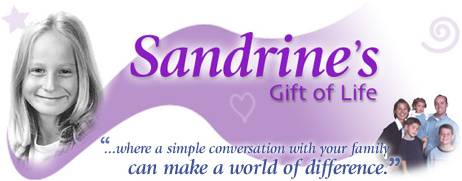Challenging conversations occur across the globe every minute of every day. Some are handled well and result in decisions and actions that propel organizations, teams and individuals forward. Conversations not handled well, may result in conflict that could lead to incorrect decisions – and even business or individual failures.
Unfortunately, when it matters most, we’re often at our worst. When opinions differ and emotions run high, the hair on the back of our neck stands straight up, a trigger releases, our adrenaline pumps. Some of us say something that makes complete sense to us in the moment, but inflames the situation. Others shut down, hoping the moment will pass. Whether it’s manager to employee, employee to manager, or peer-to-peer – studies have shown that close to 32 percent of employees deal with conflict on a regular basis. It makes sense to prepare to deal with conflict in a constructive fashion.
Whether you foresee an emotional trigger, or it just appears unexpectedly, it’s best to take a deep breath. Therapeutic benefits aside, taking a deep breath prevents you from blurting out something you’ll regret later. It’s impossible to speak when you’re breathing in. And, breathing in gives you a chance to think, while you:
- Develop a positive mindset; make it about we, not “me.”
- Identify the backstory; what buttons are being pushed?
- Define the ideal outcome, not only for you, but for other participants as well
- If you think something good may come from it, it likely will.
Reframe the other person’s role – from opponent to partner:
- What are their needs, and fears?
- What are your needs, and fears?
- What solution might they suggest?
6-Step Guide
Once your preparation is complete and you re-enter the conversation, adopt this course of action:
Step 1: Create a composed, cool-headed atmosphere
- Stay calm
- Don’t speak over others
- Never interrupt
- Don’t withdraw, or give people the cold shoulder
- Stay in charge of yourself; this keeps the other person centered, too
Step 2: Get to the heart of the matter, emotion-free
- Inquire politely
- Be curious
- Even when you know the backstory, allow others the chance to get it out –people really want the opportunity to speak
- Listen attentively – say something like; “I’d like to hear what you have to say.”
- Empathize – show compassion
- Borrow the phrase; “I didn’t realize this was going on, tell me more.”
Step 3: Acknowledge that there may be a difference in how you both see the situation
- This doesn’t equate to agreement, but it does make it safe for both of you to express your point of view
- Consider saying something like; “I really need to say something that might upset you, and I’m concerned.”
Step 4: Show respect
- Politely clarify your position, without minimizing theirs; “Your opinion means a great deal, thanks for providing it.”
Step 5: Ask them what they think will work
- Build on their answers
- If the conversation starts to become adversarial, try saying; “Can we continue talking about this later to see if we can come up with solutions?” Or, “Both of us need to put more effort into this if it’s going to work out.”
Step 6: Closure
- Always try to end the conversation with clearly expressed actions
- Summarize who will do what
- Check for any obstacles that remain
- Invite the other person to work with you, to make matters better
Let’s be at our best when it matters most. As author Vivian Greene reminds us, “Life isn’t about waiting for the storm to pass, it’s about learning how to dance in the rain.”








